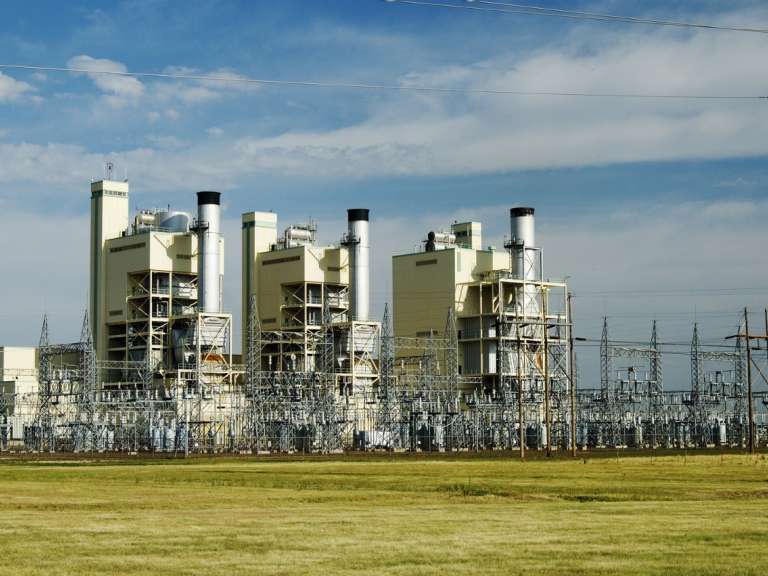Advanced power plant performance technology can play a vital role in determining commercial success. Using the power of computing, asset managers cannot only enhance the performance of individual power plants, but also consolidate wide-ranging data to plot a fleetwide path to favorable economic returns.
Enter Optimizer Technology
As different data streams become available, power plant performance technology is enhancing the asset manager's ability to make informed decisions. However, in a data-enhanced scenario, the operation of a plant should rely on far more than an individual operator's experience and know-how. By combining real-time performance data together with inputs such as day-ahead price trends from the trading floor, the condition of key components like the gas turbine and heat recovery steam generator (HRSG), and even the weather forecast, optimizers are able to consolidate the various sources of data to indicate where operators need to run an individual unit.
Optimizers are able to determine the best way of running a plant beyond the immediate technical demands of thermal efficiency and the physics behind it. Control systems are increasingly adopting a total plant view. By expanding this system insight to accommodate the financials of a particular plant, the other units that may be available, and the industry conditions that they have to sell power or steam into, optimizers are extending the concept of the plantwide view. In this digital play, optimizers help pull all of the available data together into one view. This allows the system to be enhanced in the context of the plantwide view, as opposed to attempting to improve individual components irrespective of each other. For example, the New York State Power Authority (NYPA) uses data to monitor and enhance performance across its fleet of 16 thermal and hydropower electricity-generating assets and its electricity transmission network.
When to Trust an Optimizer
Given that an optimizer considers a wider economic context, its recommendations may be counterintuitive to an operator's instincts. The optimizer might suggest that operators run a plant in a way that would not normally be considered. This may not make much sense at the plant level. On a companywide economic level, however, the optimizer presents the best solution under the given conditions. For example, plant managers may aim to minimize fuel burn for a particular power output. However, there may be different methods to achieve that output. In a combined-cycle unit, the gas turbine guide vanes may be partially closed, for instance, reducing air flow and output from the gas turbine but increasing the temperature and thus the output from the steam cycle. Such a scenario may be less costly from a fuel consumption perspective, but may result in a maintenance cost penalty on the gas turbines.
By weighing all the available data on, say, service intervals, fouling within the HRSG, air inlet filtration, and the condition of the gas turbine, an optimizer can direct individual plants toward a higher economic approach to achieving their desired goal. Similarly, when an owner has multiple units operating in a single region, the optimizer can determine which units should operate at what performance point for the best return. This recommendation considers the degradation value, weather conditions, and the condition of the balance of each plant. Following this concept through to its logical conclusion could indicate that the most economically advantageous position for a plant may be to not run the unit the way that an experienced operator would suggest. Rather, the best solution may be to run a plant at a less-than-ideal operating condition that positions the plant to take advantage of economic conditions. In this way, optimizers create a better outcome for the asset manager from a holistic financial standpoint.
Fleetwide and Individual Unit Optimization Benefits
As renewables increasingly supply power to the grid, conventional-generation assets are operating in a more competitive and challenging environment. In this kind of scenario, even the most minute differences can be advantageous, allowing a plant to be dispatched ahead of another, for example, and operate for more hours per year. In this way, following an optimizer's recommendation—even a small one—may lead to a better economic decision that would not have been intuitive. For example, an optimizer may determine that a plant should be run at less than its full capacity during some of its operational period to extend the lifespan of certain components. It may then be possible to exchange this conserved lifespan for maximum commercial advantage at opportune moments by boosting output. While there are obvious consequences for component service intervals, they can be balanced by periods of lower output to achieve the same overall lifespan—but at a far greater economic return.
Optimizers are also able to explore potential investment scenarios. They can determine the merits in terms of an economic return on particular upgrades by indicating both the best performance possible under existing circumstances and the potential performance improvements after specific plant upgrades. It is therefore possible to identify if a given investment is attractive. This is of particular significance, given the changing energy market and a hesitancy to invest capital without an obviously attractive value proposition. The optimizer offers a lower-risk way to operate an asset with a higher return.
With the ability to offer comparative data across a range of scenarios at both the individual plant and fleetwide levels, an optimizer offers a data-led mechanism to achieve impressive economic returns, even when individual decisions may seem counterintuitive to operators' experience. Like a satellite navigation system, an optimizer may suggest you turn left where you've never turned left before—but it is a new route to economic success.
